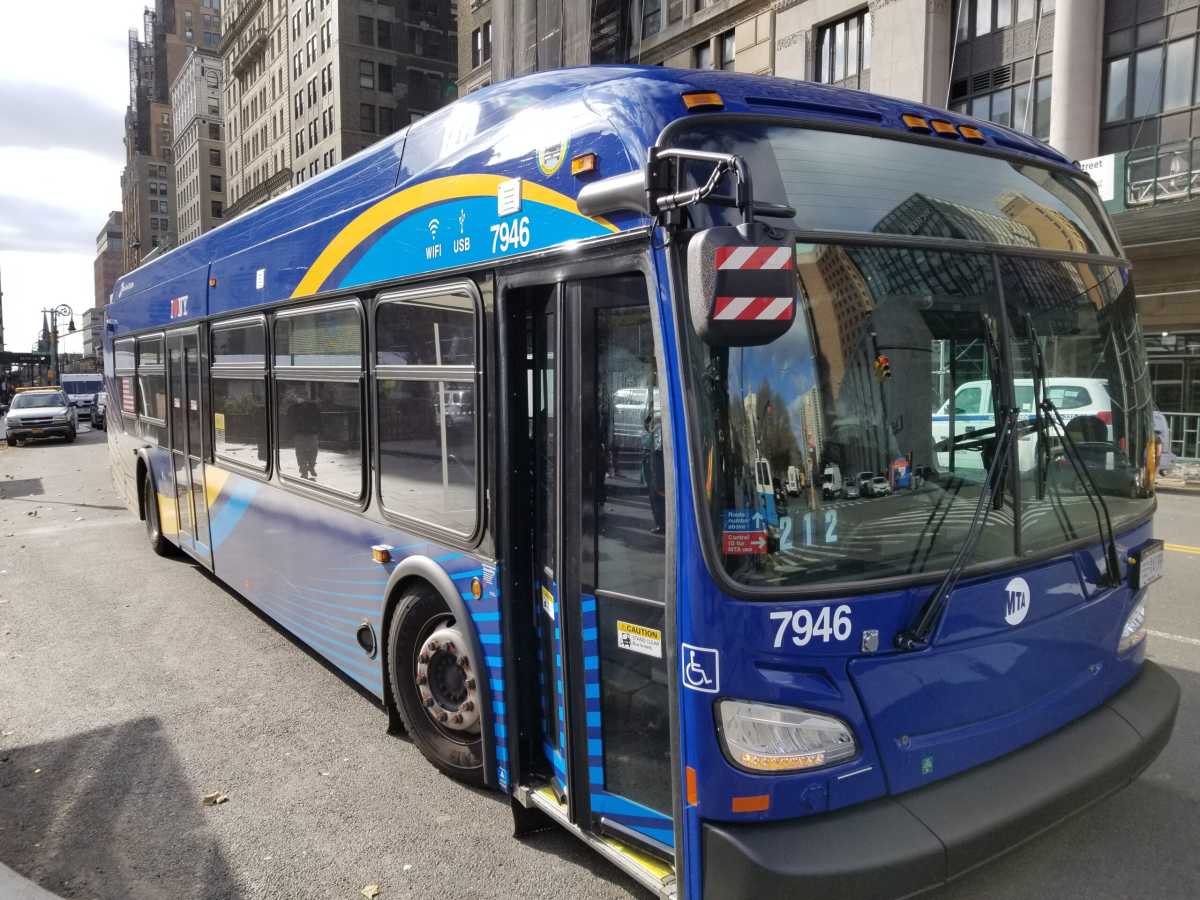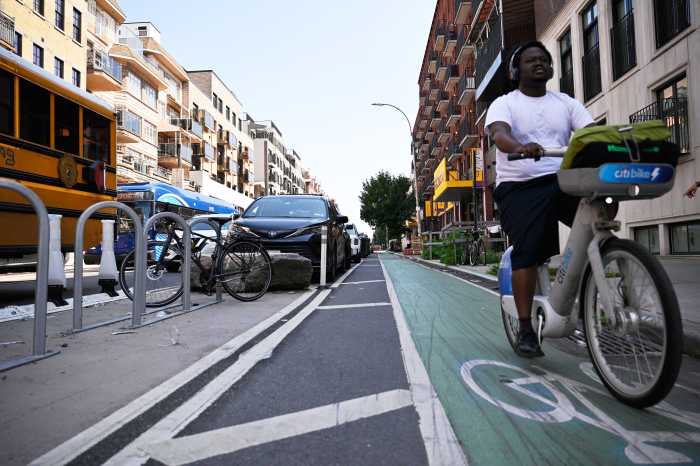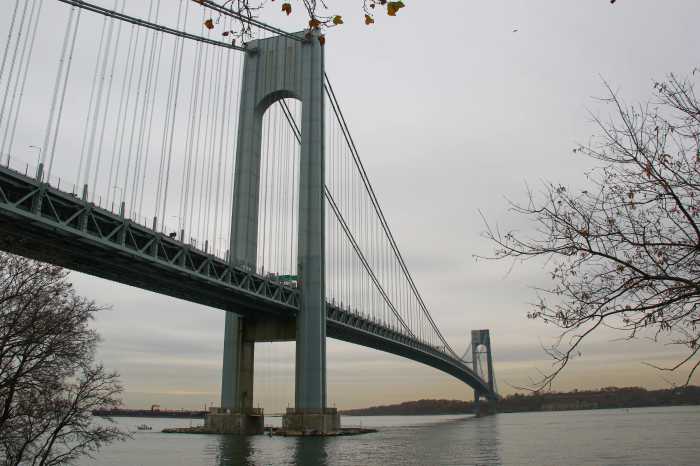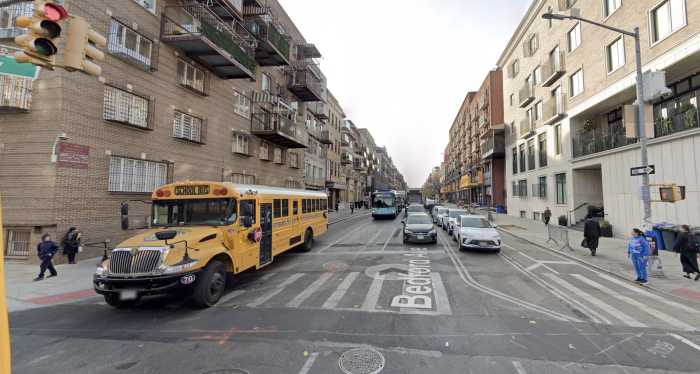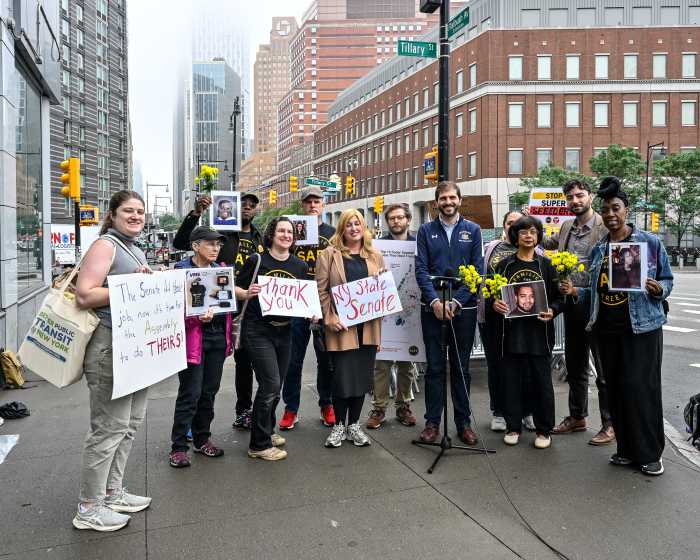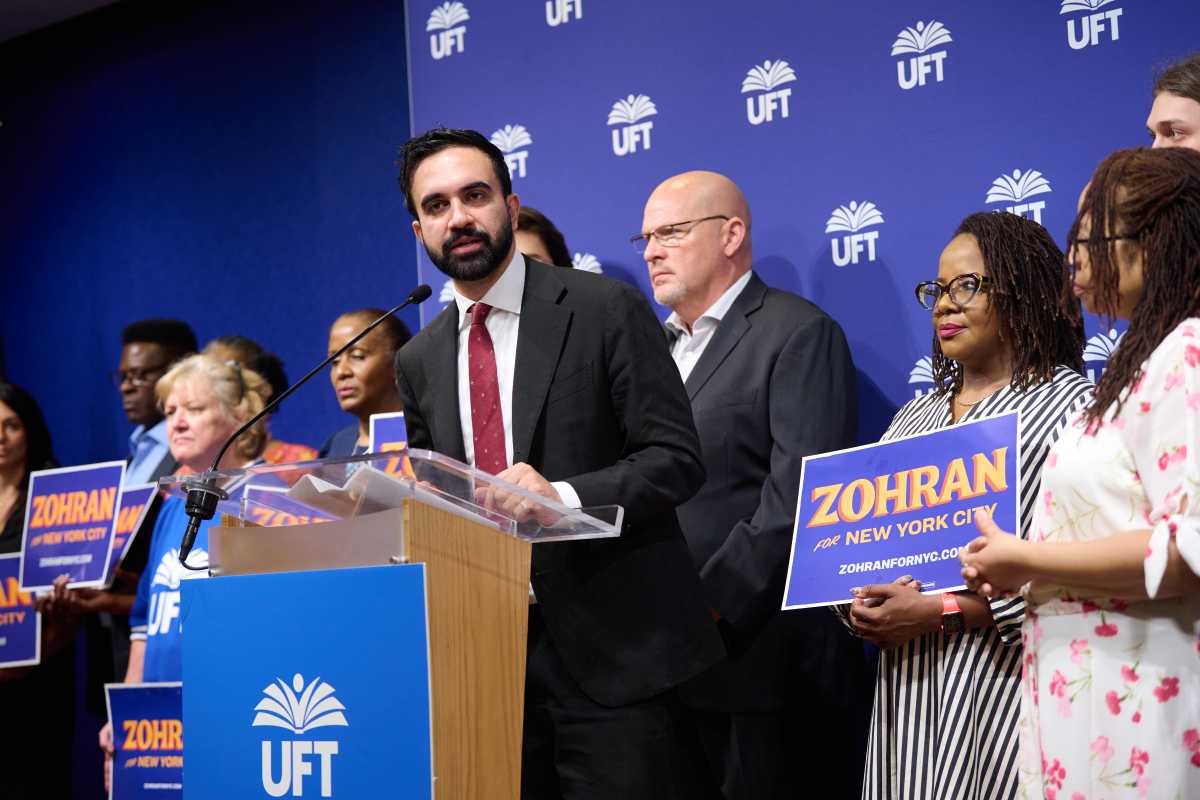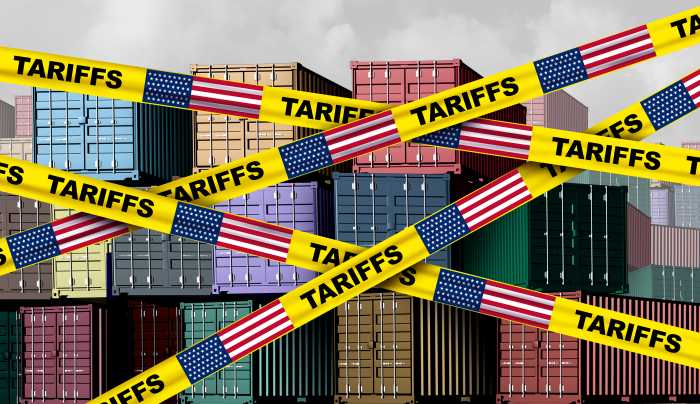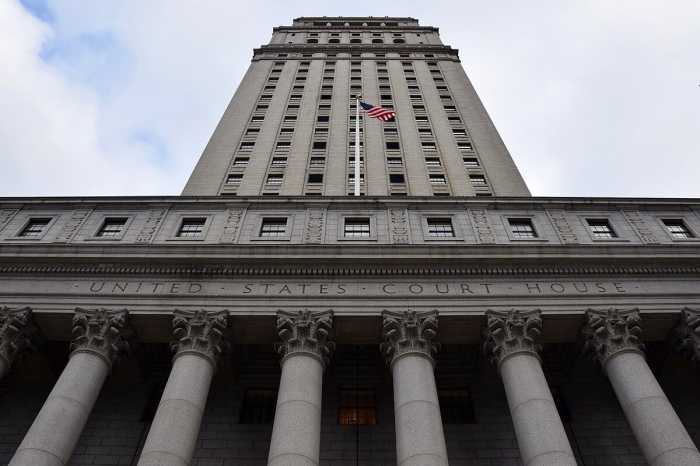According to the Metropolitan Transportation Authority, its goal for the Bus Network Redesign is “to meet customers’ priorities of more reliable service, faster travel, better connections, and ease of use.”
Really? How does the MTA intend to accomplish this? Is one way by eliminating 2,400 (or about a third of the) bus stops in Brooklyn and Queens — something opposed by over 3,100 bus riders. That does not improve ease of use.
Buses will operate slightly faster. However, which is more important faster travel for buses, which saves operating costs, or faster travel for passengers? Those who are inconvenienced will require longer walks to reach a bus stop, up to three quarters of a mile, possibly missing the next bus while walking. The added walk, plus missing the bus, could add between 10 and 20 minutes to their trip, while the bus saves three minutes. Eliminating bus stops does not equate with faster travel, and is a hardship to anyone with mobility problems.
Sometimes buses leave their terminal three at a time because of inadequate resources devoted to supervision, not traffic. More bus lanes also does not necessarily mean more reliable travel. Bus lanes were created on Kings Highway that only slowed other traffic and did not improve bus speeds. (The Department of Transportation’s own data shows that, before the bus lanes, buses, which must make stops, traveled an average speed of 21 mph in a 25 mph zone during the evening rush hour.) More reliable service, a desirable goal, has nothing to do with a redesign of routes.
The goal of better connections is also desirable, but no proof has been provided that the redesigned routes will result in this. Many trips will involve additional transfers to complete trips.
The final proposed Queens Redesign was recently released and the proposed Brooklyn Redesign will be released sometime in 2024. Except for learning about these studies on the MTA website or in an occasional news article, there is virtually no publicity on the buses themselves which brings into question: how much customer involvement does the MTA really want?
The goals should be to fill service gaps, to quicken passenger trips by requiring fewer transfers and to provide more frequent service in a growing borough — not rearranging service so as to spend less.
Allan Rosen is a former director of Bus Planning for MTA NYCT and is a board member of Passengers United


